For those opposed to ranching and grazing on public lands, perhaps the terms “Welfare Hiker” or “Welfare Camper” should be coined to remind folks that everyone should pay their fair share. Those who are simply visiting to see the wonders of red rock country often fall short of respecting its unique beauty while those who have a direct and vested interest do a much better job at taking care of what they have.
Commentary by Kelly M. Green
In recent years it has been argued publicly, in numerous articles by progressive and environmental organizations, that multiple use of public lands in the West is the wrong way to manage because of the harm it causes to the habitat and local economies where boom and bust cycles occur. States such as Utah that have large percentages of public lands within their borders depend heavily upon natural resources to help fuel the local economy and provide jobs for people. But it’s getting harder and harder for Utah and other Western states to utilize these federally-controlled resources.
The traditional use of public land is under constant siege in Southeastern Utah, and once-friendly federal agencies are not as cooperative as they once were in continuing a multiple use approach. Management plans are much more stringent regarding extractive resource development such as oil and gas, and appear to be phasing it out in some cases, in favor a recreational type of development. In addition, well-funded environmental organizations and activists are constantly pushing for more restrictive wilderness, conservation areas, and monument designations. Mining, logging, and other extractive industries have been singled out as being ‘bad’–most especially ranching–by these aggressive special interest groups who want to curtail or eliminate these uses altogether.
As a replacement alternative, Liberal idealists are pushing tourism and a recreation-based economy, claiming that it is a ‘cleaner and more sustainable’ long-term economic driver than what currently exists or has existed in the past. Although it may sound reasonable, high levels of tourist traffic is literally wreaking havoc on small towns in rural Utah. In pushing their ‘tourism-only’ agenda, aggressive special interests have orchestrated a concerted effort to discredit and dismantle the ranching industry. “Welfare Ranching” has been coined in the liberal media to try and sway public opinion against ranchers and their lifestyles.
“Welfare” is a term commonly used where a government program provides financial aid to individuals or groups who are not able to support themselves on their own. Programs such as AFDC (Aid to Families with Dependent Children), Food Stamps, WIC, (Woman, Infants, and Children) Medicaid, and other federally-funded programs are common examples of what some refer to as welfare. In Utah, assistance is given on a temporary basis and is time limited. Strict criteria and eligibility requirements must be met in order to qualify for services. Words can carry strong bias and emotional stigma when broad interpretations are used without actually knowing an individual’s disability or circumstance and care should be given when looking at someone’s situation.
In contrast, the term “Welfare Rancher” is being used inaccurately to distort the actual truth about ranchers, as many do not understand how public lands grazing is actually administered. The facts are that those who utilize the public domain are required to pay fees, which are subsidized at a certain rate with the expectation of a return on the investment. A government subsidy can relate to any type of enterprise including NGO’s, businesses, or individuals who may qualify. Subsidies exist in various forms including: direct (cash grants, interest-free loans) and indirect (tax breaks), insurance, low-interest loans, depreciation write-offs, rent rebates etc. Income tax deductions could be seen as a subsidy depending on what the tax law allows. The most common forms of subsidies are those involving producers. Consumer consumption subsidies commonly reduce the price of goods and services to make an item more affordable to the general public because the government recognizes the value of a particular product or resource and wants to ensure that the producer stays economically viable. Grazing animals for ranching purposes is such an example.
While no one could argue that there is zero impact by allowing grazing on the public range, a closer look at how other public lands use is subsidized is necessary to have a fair perspective. In rural Southeastern Utah, the recreation industry has been booming and the economy has changed dramatically. Hordes of people are coming in to visit or vacation, and a once quiet agrarian lifestyle, where farming and ranching were mainstays, are now in danger of being eliminated in favor of recreation and eco-tourism. Infrastructure and affordable housing costs in small towns are being impacted heavily and service related wages are not keeping up with affordable living expenses. Seasonal work is typical and many families are having to leave because competitive sustainable jobs no longer exist.
Moab, Utah is a prime example of such change. Millions of people are literally coming to hike, mountain bike, fourwheel, raft, climb, and camp in red rock country. The damage to surrounding public lands is far worse than that ever caused by ranching. Nominal fees are charged for such use and in many cases no fee at all is collected. One might ask, is this really reasonable and fair? It all depends on how you view land use.
Competing ideas of how the land should be properly managed are hotly debated. Do you pull back and restrict access or do you try and balance the environmental need with human need? Whether you want to complain about “Welfare Ranching” or “Welfare Recreation” there is little difference, because both are being subsidized by the federal government. Some would argue that ranchers should pay higher grazing fees. If so, shouldn’t the same standard apply for all users of public lands?
A prime example is the Sand Flats Recreational Area where the famous Slick Rock bike trail exists. Sand Flats offers a few different types of day use passes. Enter in a private vehicle and you have the option of purchasing a 1 day pass for $5 or a 7 day pass for $10. Enter by bicycle, motorcycle or via shuttle and the cost is $2 per day or $5 for 7 days. Sand Flats also charges a vehicle trailer fee of $5. It is estimated that the Bureau of Land Management (BLM) Moab Field Office receives over 2 million visitors per year on public land and maintains over 26 formal campgrounds and hundreds of other places in the Moab area for which they are responsible. Billions in lost revenue is potentially going out the door depending on how you look at it. Private enterprise charges higher fees for those coming to Moab to use private or commercial facilities or services. Camp sites and RV hookups can run with Full Hook-ups/ w Cable TV/ 30amp $45 plus tax. Water & Electric $41 plus tax. No Hook-up Car Camping $29 plus tax for nightly use. Charging comparable prices for public lands use would be a game-changer if no subsidies were allowed and the money collected could be used to improve infrastructure, build more campsites, add toilets, and hire more personnel to keep the public from tearing up the countryside.
Recreational and eco-tourism has opened up a Pandora’s Box and rural Utah is being overrun. The argument that those who graze cattle on public lands are “Welfare Ranchers” is a complete misnomer. Ranchers who graze public lands are subsided to some extent but there are also undeniable benefits to having conscientious caretakers on the public range who have a vested interest in its continued well-being. The proof of the sustainability of ranching is in the very land upon which generations of families have ran cattle and continue ranching today.
For those opposed to ranching and grazing on public lands, perhaps the terms “Welfare Hiker” or “Welfare Camper” should be coined to remind folks that everyone should pay their fair share. Those who are simply visiting to see the wonders of red rock country often fall short of respecting its unique beauty, while those who have a direct and vested interest in their lands and resources do a much better job at taking care of what they have.
As a replacement alternative for economic prosperity, recreation and eco-tourism based activities are being promoted as a cleaner and more sustainable long term economic driver, but the sad reality is that it is failing the local people in southeastern Utah and has not lived up to its promise. People with wealthy are moving in, and those without are leaving. Southeastern Utah is being transformed, but whether it is good or bad depends on your point of view.
Kelly M. Green
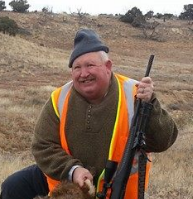
Kelly is lifetime resident of Southeastern Utah. He is currently a retired licensed Clinical Social Worker with over 30 years of experience in child welfare, adult protective services, assistance payments and mental health services. Poet, author, grandfather, Kelly is a strong advocate for multiple use on public lands and is active in promoting a responsible and balanced approach for public land use.
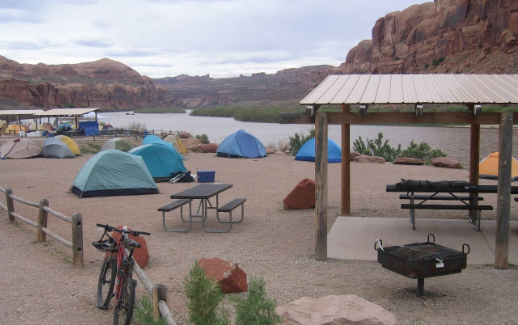
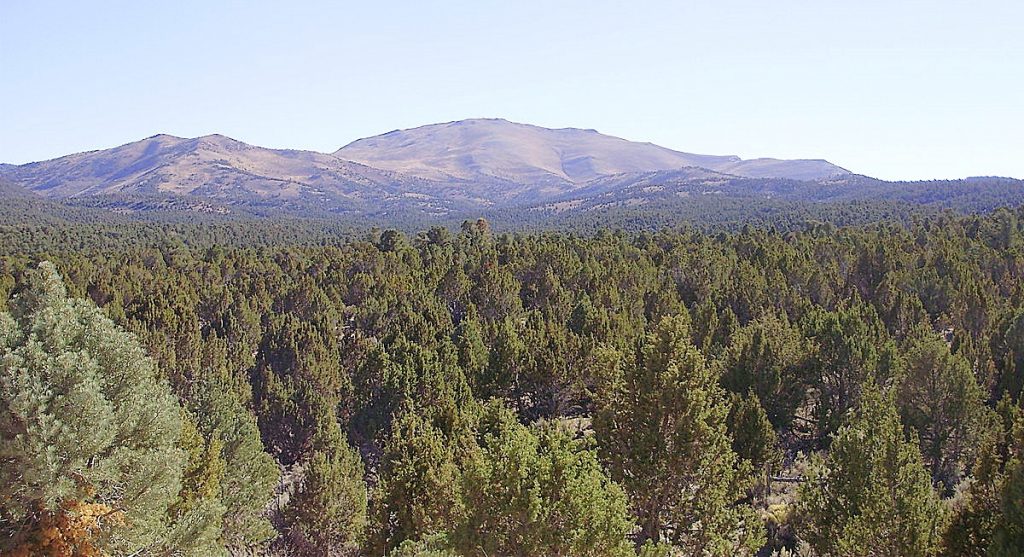
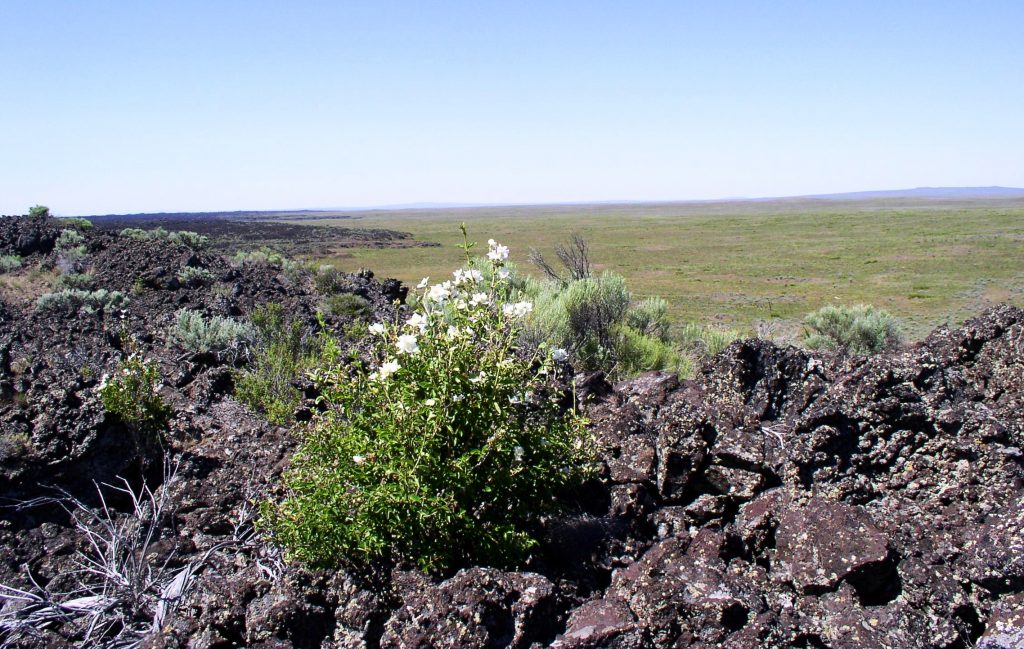
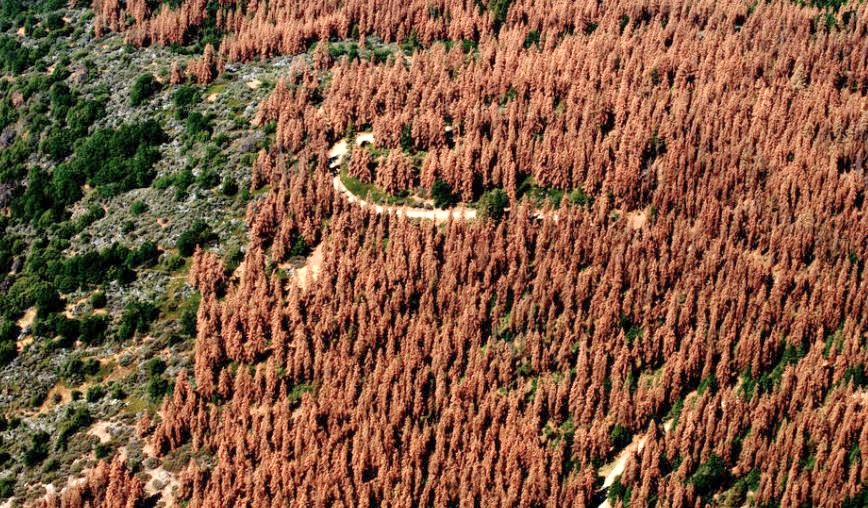
According to the government accounting office the government spends $5 per acre to manage land that is not leased out to someone. For land leased to ranchers or loggers it costs $2 per acre to manage . So ranchers are saving the government $3 per acre.
You bring up valid points. These are public lands which means they are for the use of fellow Americans, the lands principle user. These users are also American tax payers who are paying additional fees for usage here. The reason why Moab is now a successful small rural town in Utah is from its proximity to these lands and it has made itself a place for a visitor to stay, eat, shop etc while in the area. Most users are from Utah who cherish there opportunities to escape their city life for opportunities to enjoy their low cost public land. Their time in and around Moab creates taxation which offsets many of the related costs. These taxes are being used to offset local expenses. This is creating job growth in both sectors. Tourism works. Recent history shows the volatility of extractive industries. The community is at the mercy of the price of the product extracted which is determined far from local control in commodities markets, OPEC etc. What would you alternative be?
Grazing fees on public land in the west are $2.11 per AUM this year. Grazing fees on private land in Colorado are $16.50 per AUM. This past year the U.S. Forest Service and BLM spent $144 million on grazing programs and earned $19 million in lease income. Talk about being subsidized . I know you won’t print this comment but I hope you at least see for your self some of the truth you are hoping to hide.
Source please.